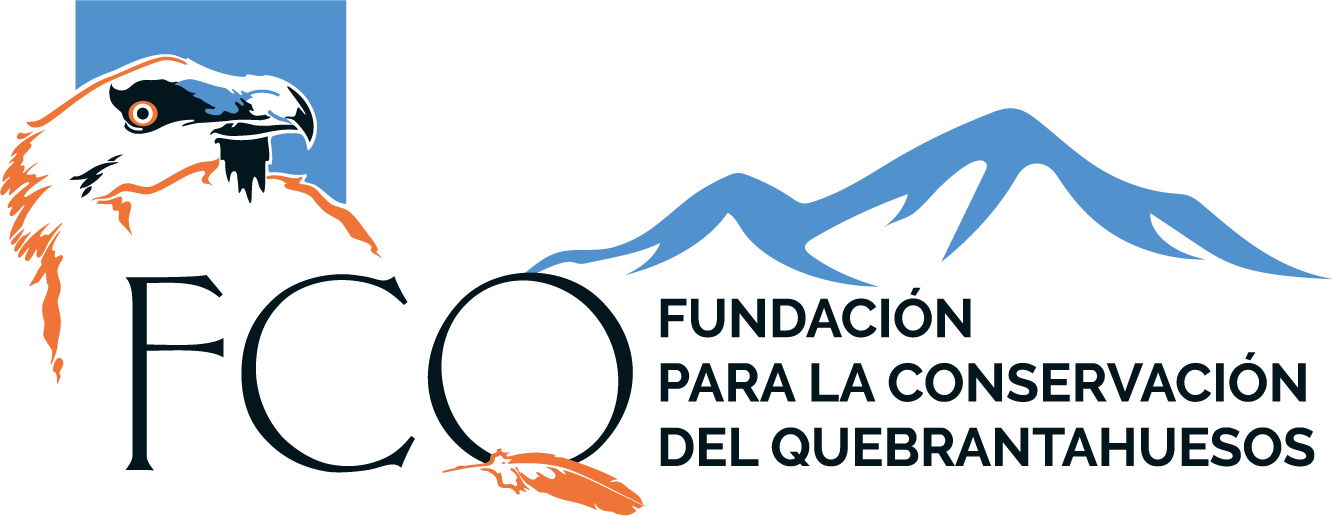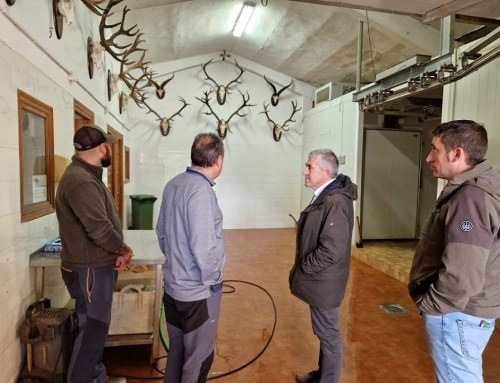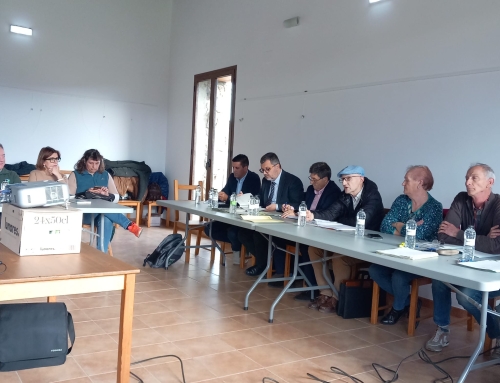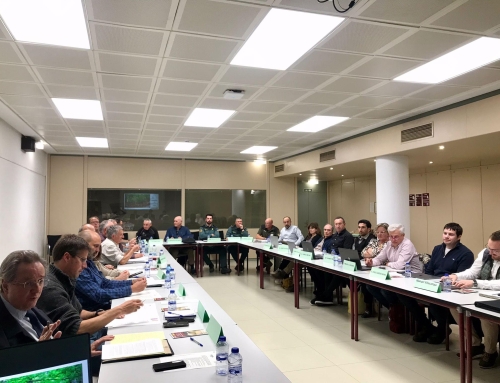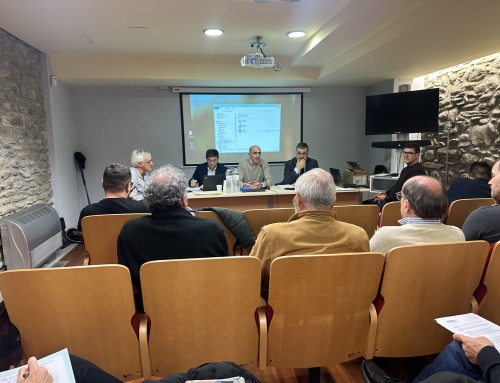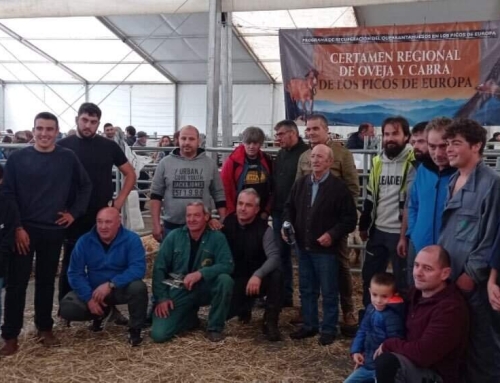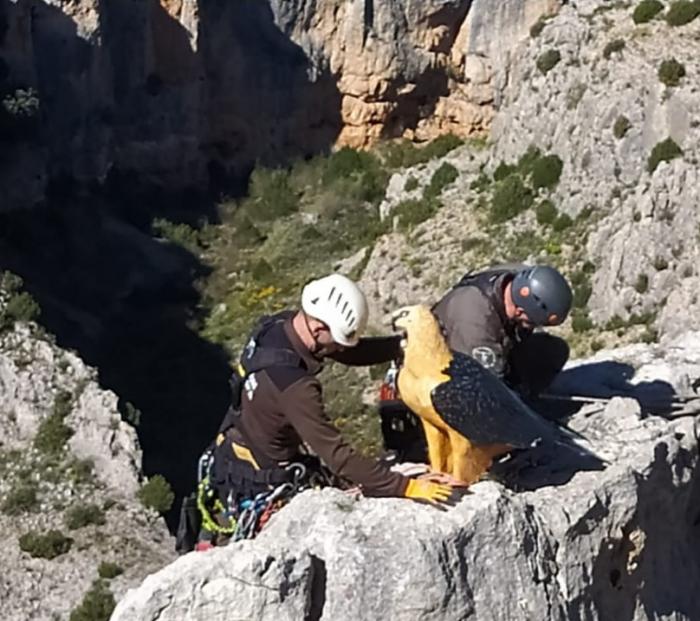
Two decoys try to attract the presence of bearded vultures in the Mesa river in Calatayud.
This action is part of the plans to recover this species in the mountain ranges of the Iberian System. Agents for the Protection of Nature of the Government of Aragon, together with technicians of the Foundation for the Conservation of the Bearded Vulture (FCQ), have proceeded to the placement of two decoys of bearded vultures(Gypaetus barbatus) in the rocky cliffs of the Special Protection Area for Birds (SPA) of the river Mesa, in the region of Calatayud, to attract the settlement of the species in the area. This action is part of the plans to recover this species in the mountain ranges of the Iberian System, areas that constitute a corridor of maximum importance for the bearded vulture, as demonstrated by the movements of specimens equipped with GPS tracking systems, or the recent installation of breeding pairs in La Rioja and Moncayo. The placement of decoys in prominent sites of good visibility seeks to attract and attract the attention of specimens that can travel through these mountains in their movements thanks to the social attraction for them the presence of other specimens of their species, as has already been done in other areas such as the nearby Alto Tajo Natural Park in the neighboring community of Castilla-La Mancha or the Moncayo Natural Park in Aragon. Precisely the two decoys placed now in the canyons of the Mesa River, were placed more than 20 years ago in the Moncayo and after the recent installation of a breeding pair in the same, were removed, restored and placed now in the Mesa. The bearded vulture is the only bird in the world with osteophagous feeding, that is to say, it feeds on bones, culminating the trophic chain within the scavengers. It is also one of the most endangered birds in the Iberian Peninsula, listed as Endangered, whose main population is in the Pyrenees mountain range.
Source:
